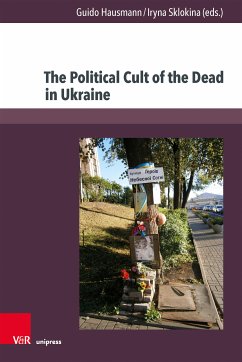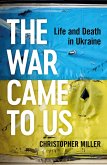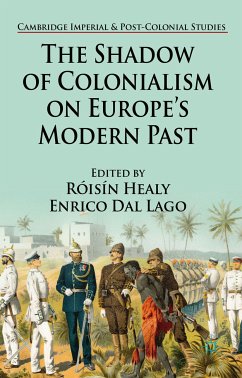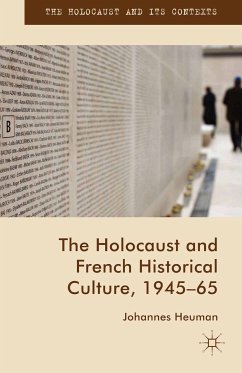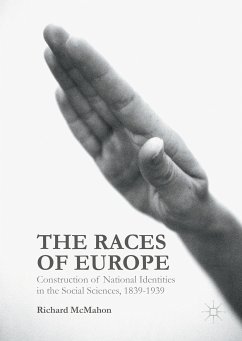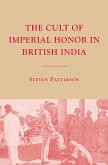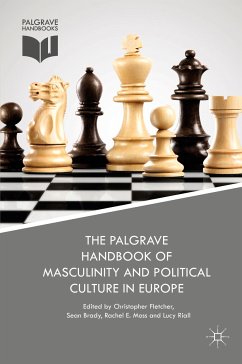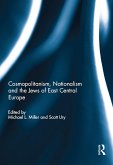The Ukrainian Euromaidan in 2013-14 and the ongoing Russian-Ukrainian war in the Eastern part of the country have posed new questions to historians. The volume investigates the relevance of the cults of the fallen soldiers to Ukraine's national history and state. It places the dead of the Euromaidan and the forms and functions of the emerging new cult of the dead in the context of older cults from pre-Soviet, Soviet and post-Soviet times from various Ukrainian regions until the end of the presidency of Petro Poroshenko in 2019. The contributions emphasize the importance of the grassroot level, of local and regional actors or memory entrepreneurs, myths of state origin and national defense demanding unity, and the dynamics of commemorative practices in the last thirty years in relation to pluralist and fragmented processes of nationand state-building. They contribute to new conceptualizations of the political cult of the dead. Guido Hausmann is Professor of History of East and Southeast Europe, focusing on the history of Russia / the Soviet Union and Ukraine, at the University of Regensburg. He is also head of the Department of History at the Leibniz Institute for East and Southeast European Studies in Regensburg.
Dieser Download kann aus rechtlichen Gründen nur mit Rechnungsadresse in A, B, BG, CY, CZ, D, DK, EW, E, FIN, F, GR, H, IRL, I, LT, L, LR, M, NL, PL, P, R, S, SLO, SK ausgeliefert werden.

